If you’re planning a trip to Rwanda, we’re sure that gorilla trekking is right at the top of your list. And of course, that hour spent with incredible primates will be one of the most life-changing experiences you’ll ever have. But there’s so much more to a Rwanda safari than gorilla trekking in the majestic volcanic Virunga mountains. We want to make sure you don’t miss out on all the rich experiences the country has to offer. Rwanda is so diverse. It’s full of places that will take your breath away with its lush dense forests, mysterious wildlife, rushing waterfalls, storied history, and most of all the most sincere, welcoming people who are so excited to share their beautiful culture and country with you.
There are plenty of opportunities to trek to see other primates, including L’Hoest’s monkeys, chimpanzees, colobus monkeys in Nyungwe National Park or Gishwati Mukura National Park, and golden monkey trekking in Volcanoes National Park. Alongside unique wildlife experiences, there are endless cultural experiences and hiking trails, from the moderate Igishigishigi Trail and canopy walk, to the easy Ndambarare waterfall trek, or as intense as the multi-day Congo-Nile Trail.
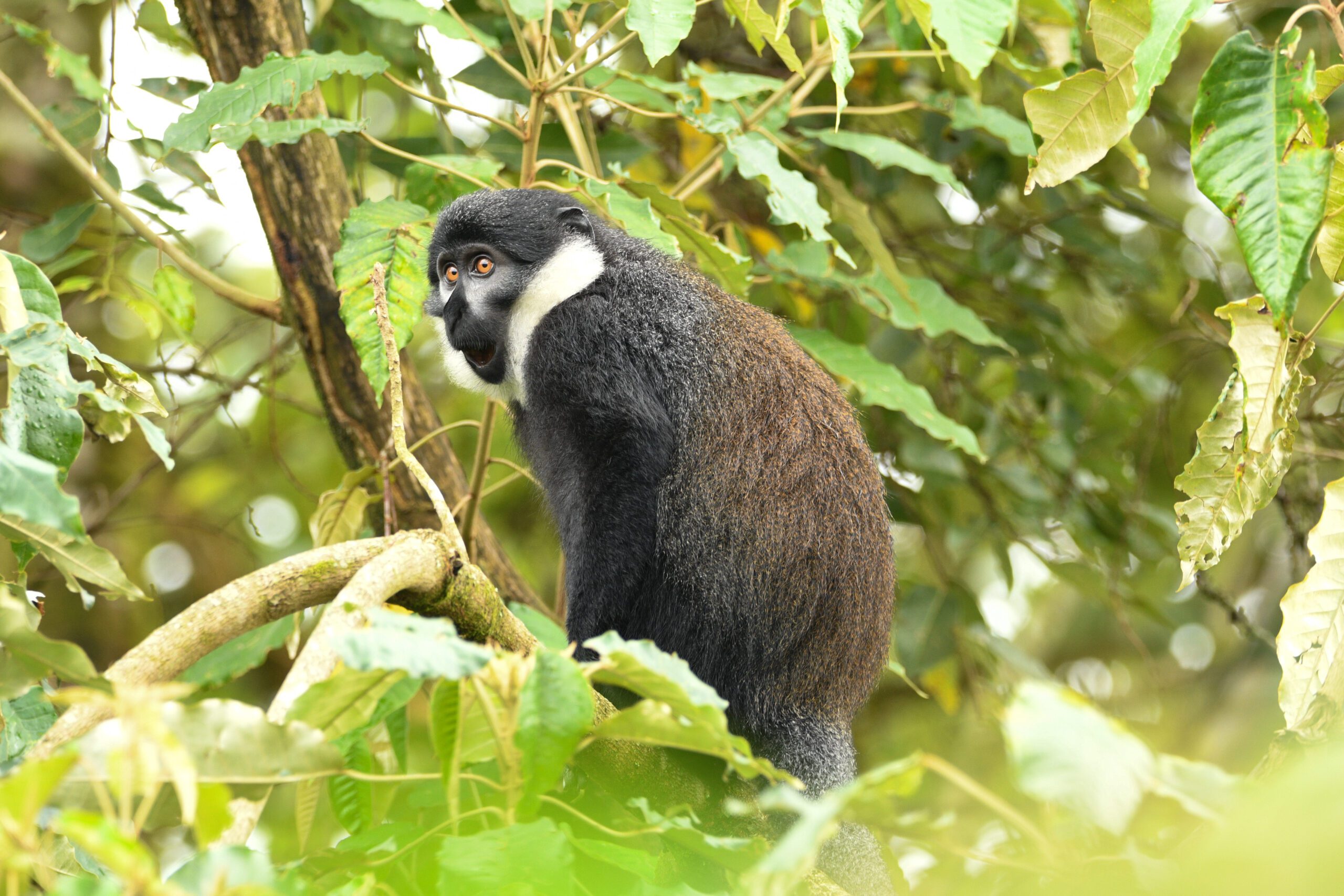
From tea and coffee plantations, to enjoying some of the best beaches in Africa, or kayaking all on Lake Kivu, and spotting big game on a boat tour of Lake Ihema in Akagera National Park—there’s just so much to see.
Kigali itself is a standalone destination worthy of a few days at least to explore and is one of our favorite cities in Africa—maybe even the world. All the markets, art, galleries, fashion scene, restaurants, history, and nightlife. Read our Extraordinary Kigali City Guide to learn more about why we love it so much. It’s a city that will draw you into the heartbeat of Rwanda. Here are six reasons why your next extraordinary journey should be a Rwanda safari…
1) Go Colobus Monkey Trekking—Nyungwe National Park
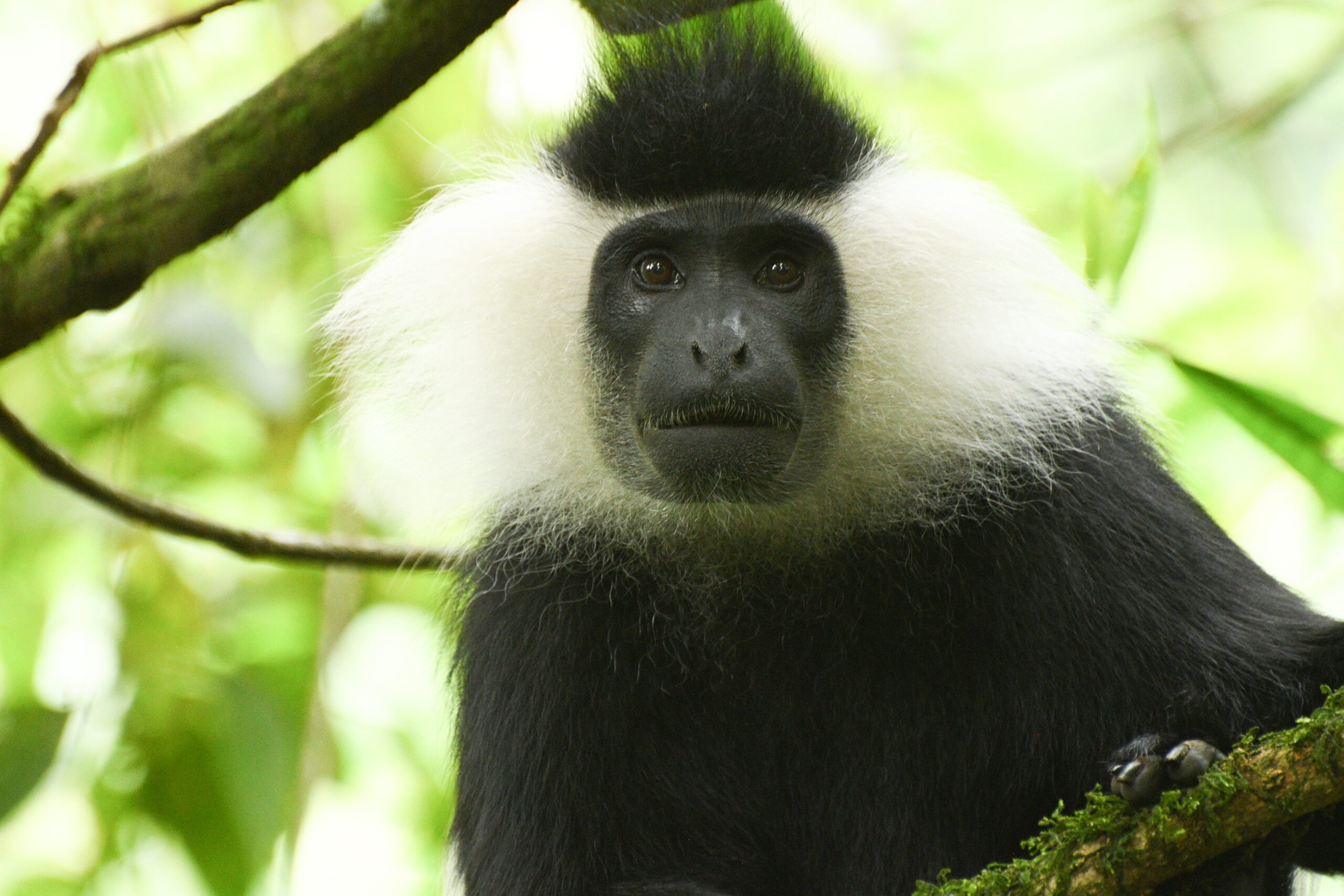
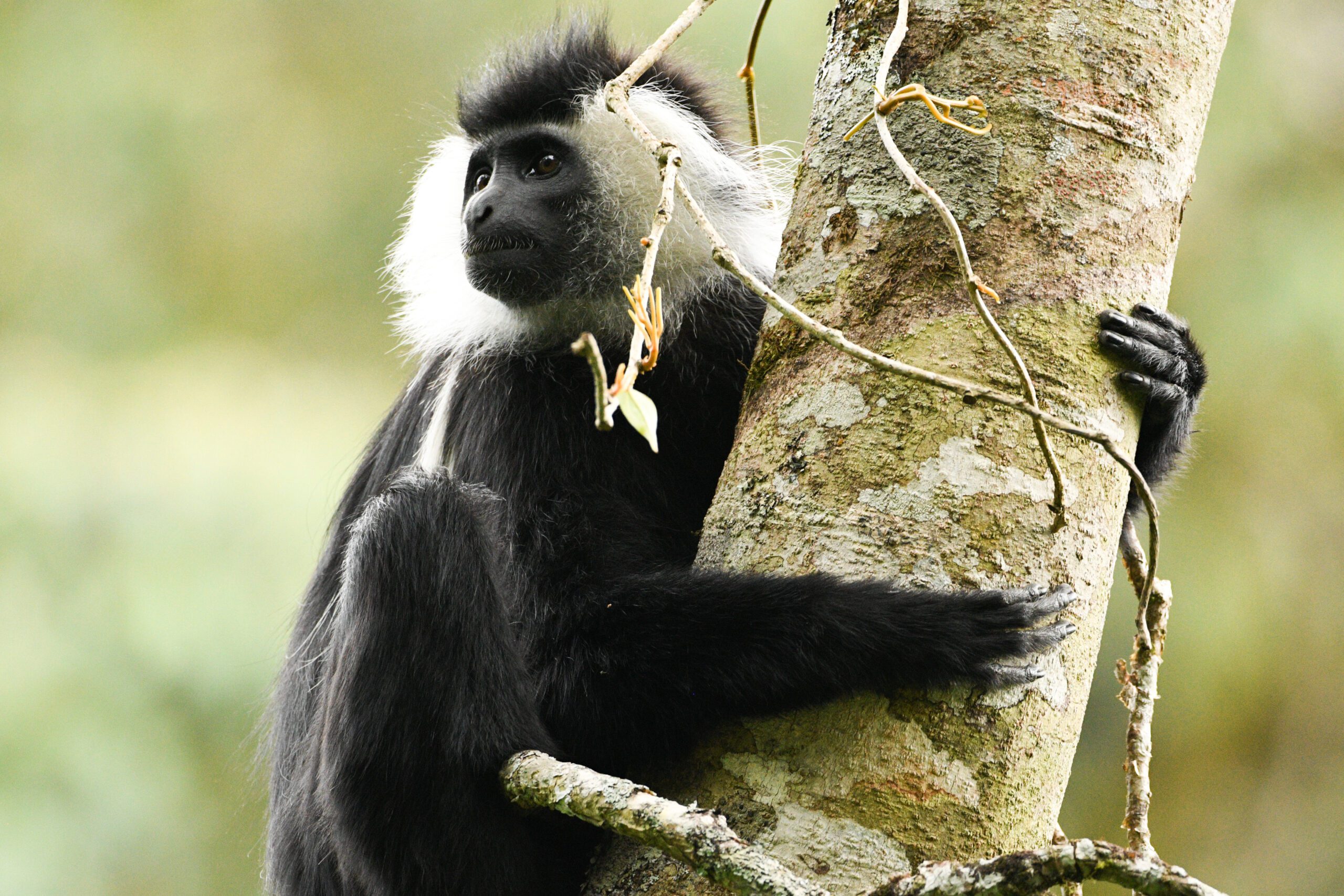
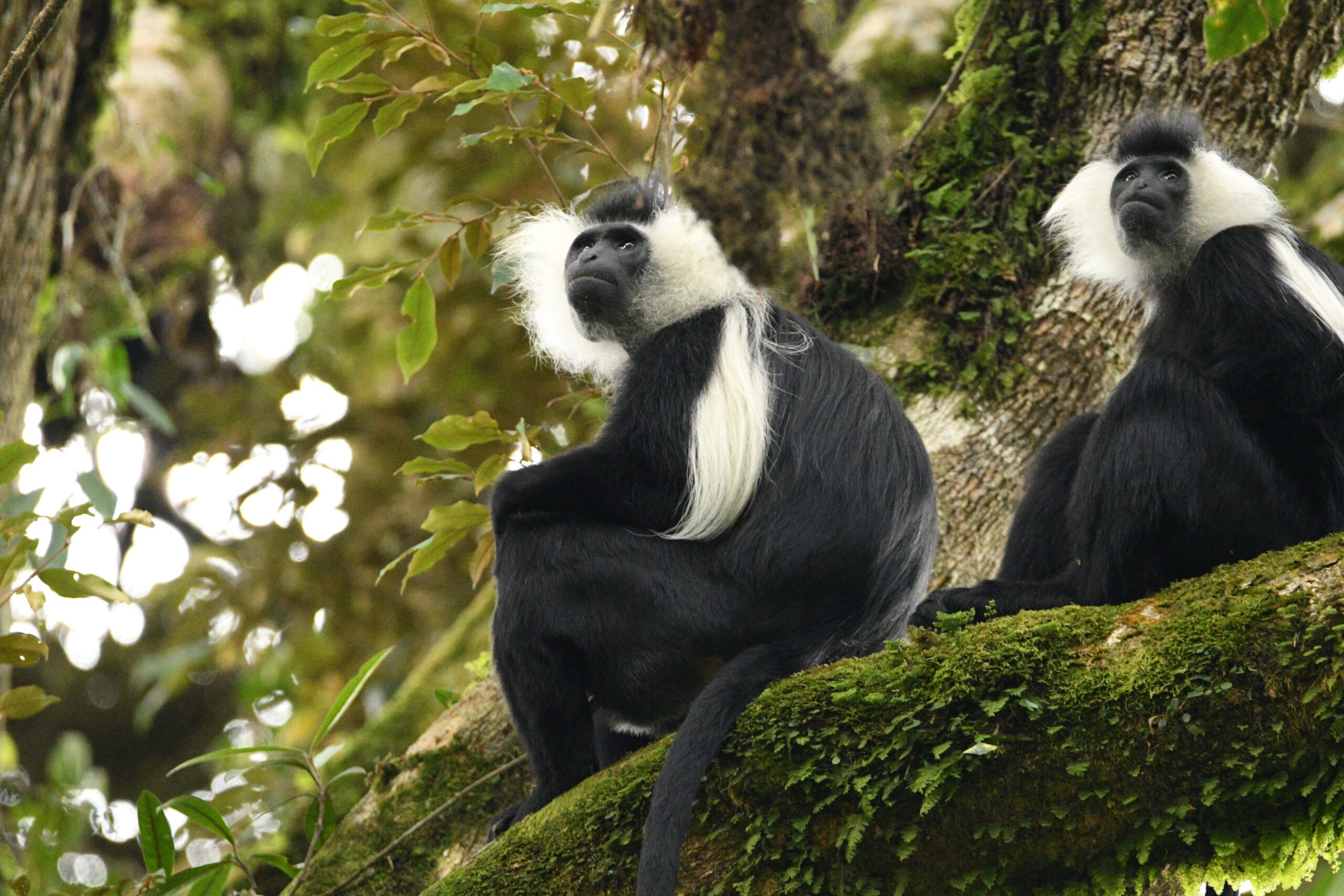
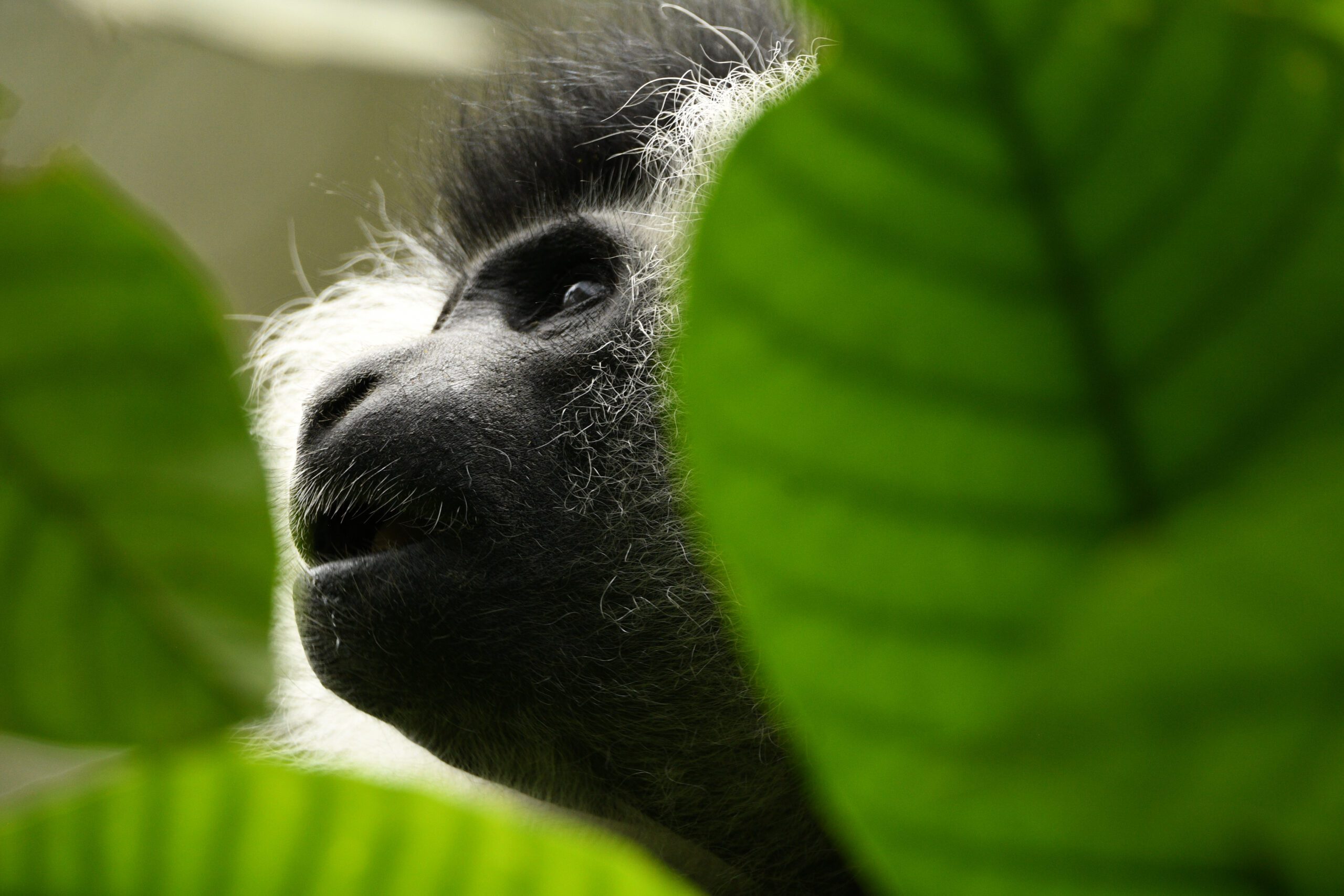
With low voices, we trekked into the lush, dense forest of Nyungwe National Park—one of the oldest rainforests in the world, nestled on the border between Rwanda and neighboring Burundi. The 393 square miles of protected parkland are rich with life and full of biodiversity. We’re in this forest looking for a very special kind of primate and one of the rarest in Africa: Rwenzori black-and-white colobus monkeys. They are one of thirteen types of primates found inside Nyungwe Forest with a large population of around 1000 consisting of two separate communities. So, although nobody will ever guarantee a wild animal sighting, you have a pretty good chance of finding the troop during your two-to-three-hour trek.
After about 45 minutes of light hiking, accompanied by a guide and an armed park ranger, with a whole lot of bushwacking by our guides, we hear something overhead. The sheer number of them is astounding, our guide explained before we began our trek that about 350-400 individuals tend to stick together. At first, they stay above the canopy, but after about 20 minutes they start to come down into the forest and we’re up close to their unique faces. They surround us, swinging, jumping, staring at us, and munching on fruits and leaves. We see an alpha male, the leader of the community, as well as ‘challengers’ who are strong males who strive to be in charge.
There’s something that feels special about this trek like it’s almost something undiscovered because there are not many people around, and since you need to keep your voice hushed you get to hear how alive the rainforest is. You can feel the humidity on your skin as you search for these unique creatures. Don’t be surprised if, along the way, you come across other primate species, such as golden monkeys, L’Hoests monkeys, or blue monkeys, they are known to frequent the area.
Need to know: Wear light colors, long sleeves, long pants, lather on the bug spray, and be prepared to work your way into some real rainforest. As always in Rwanda, pack a raincoat. We also highly recommend grabbing a walking stick from reception, if anything just to help move branches out of the way and to balance yourself on the steep hills. Time is limited to spending one hour with the monkey—sometimes an extra 30 minutes if they’re hard to spot.
2) Trek to a Waterfall—Nyungwe National Park
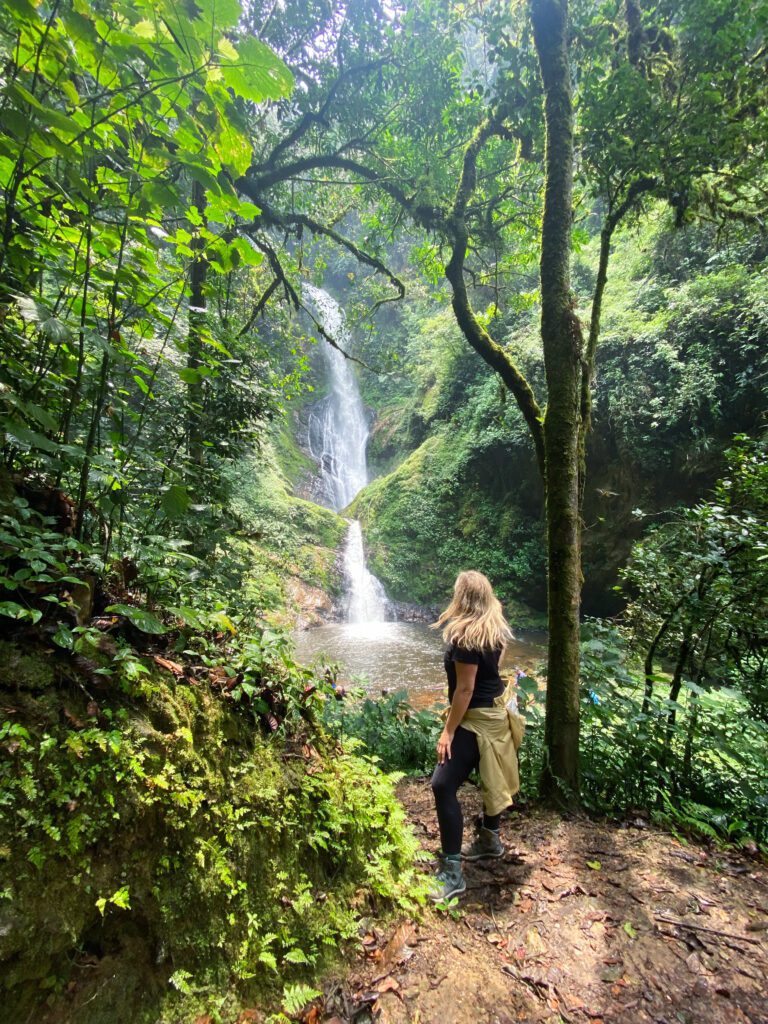
After meandering through some tea fields, we head into what feels immediately like entering an enchanted rainforest—there’s a slight mist in the air, a soft light coming through the dense trees. The sound of cicadas fills the forest and the air feels fresh, making your skin damp to the touch. Butterflies flutter all around. Moss-covered tree branches are intertwined and tangled above, creating a canopy. Inside Nyungwe there are over 1,068 plant species and 140 orchids, which makes for incredible bird watching. The forest is home to over 300 species of birds.
The walk to the waterfall is easy, aside from being a bit slippery if it has rained (which is quite often, Nyungwe National Park provides about 70 percent of the country’s water by acting like a sponge that soaks up over 2000mm of rain per year. It’s also one of the sources of the Nile River and flows into the Congo River.
Once you arrive, the falls are subtle but stunning, and if you’re feeling daring you can probably cool off with a quick dip. Take a moment in silence to listen to the sound of the water rushing through this important forest.
Going back is the challenging part after a deceptively easy way in, the hills back up are steep and numerous but manageable with a relatively good level of fitness (there are ropes to support if need be). The hike takes about three hours and is 5.7 miles round trip. Pack a lunch, bring some water, and find a place to enjoy your meal while taking in the falls.
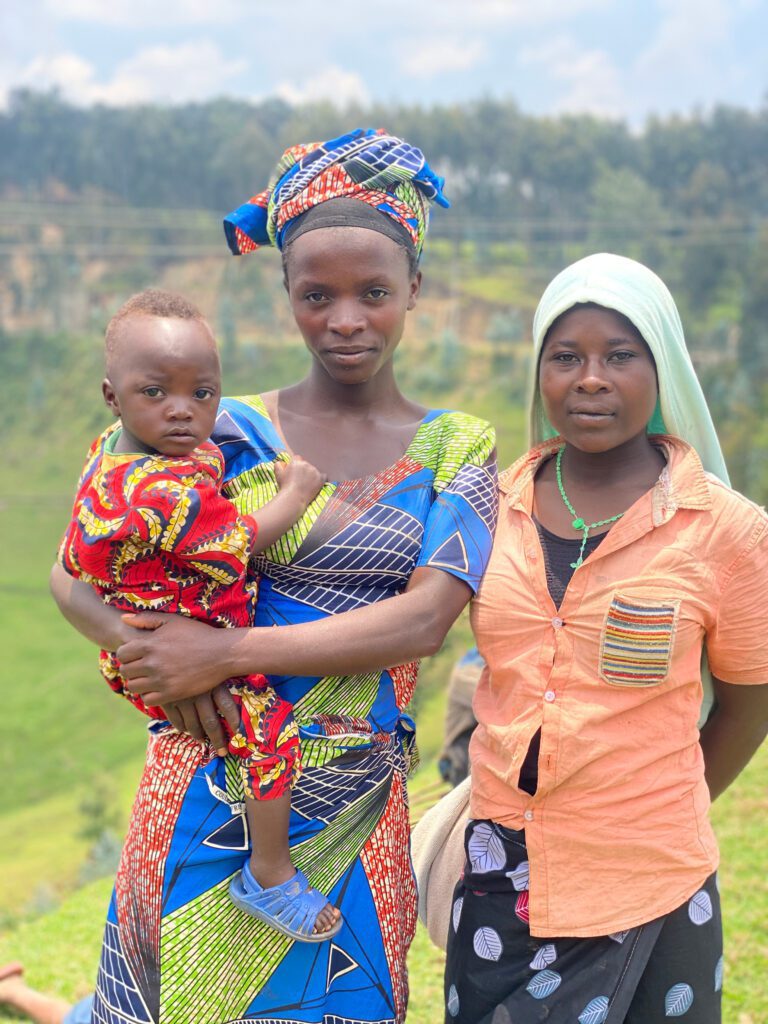
3) Visit a Tea Estate—Nyungwe National Park
No visit to Nyungwe is complete without a visit to a tea plantation—one of Rwanda’s largest exports. As you drive throughout the country you’ll see tea growing everywhere that there’s a hill—the stark green contrasts with the bright blue skies, creating an iconic, peaceful, and relaxing scene that will never leave your mind. Rwandan tea is planted on hillsides at a high altitude of between 1,900m and 2,500m, and on well-drained marshes at an altitude of between 1,550m and 1,800m. Since it was introduced to Rwanda in 1962, the production of tea has increased steadily, from 60 metric tons of tea in 1958 to about 30,000 metric tons annually today. The fertile volcanic soil and temperate climate make for perfect tea growing conditions.
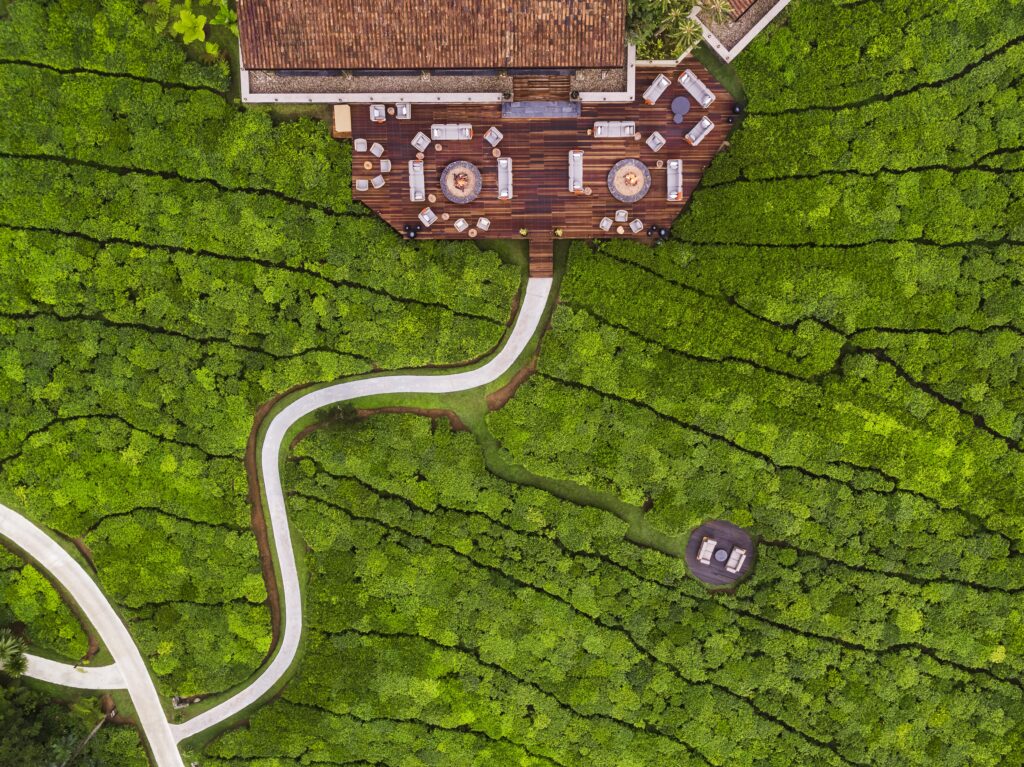
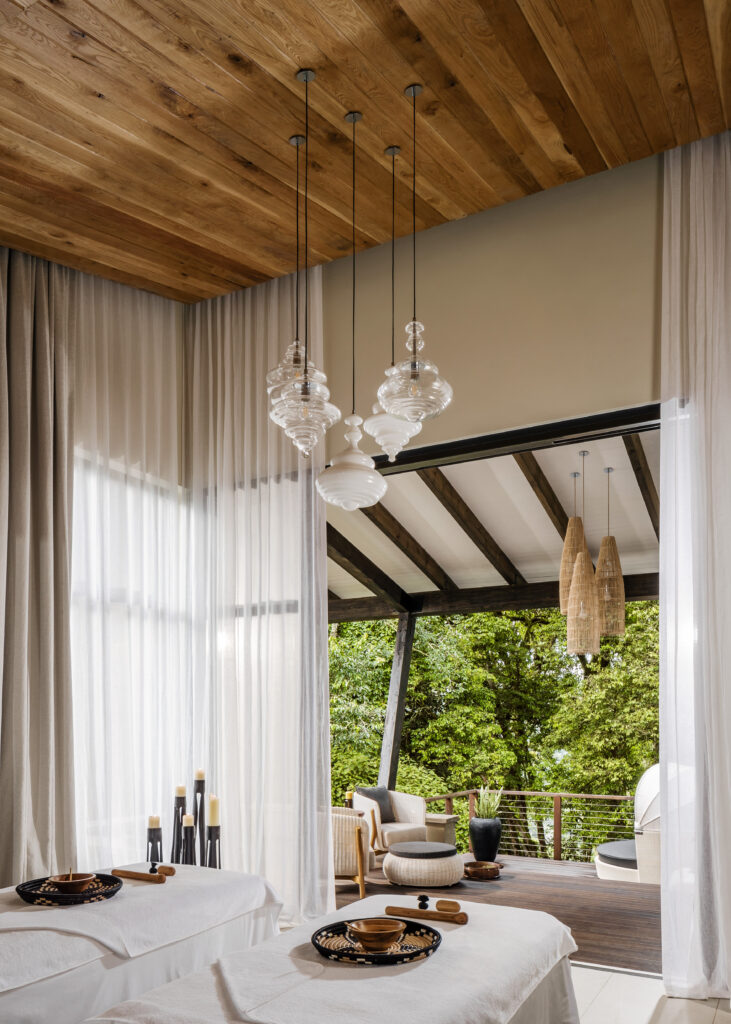



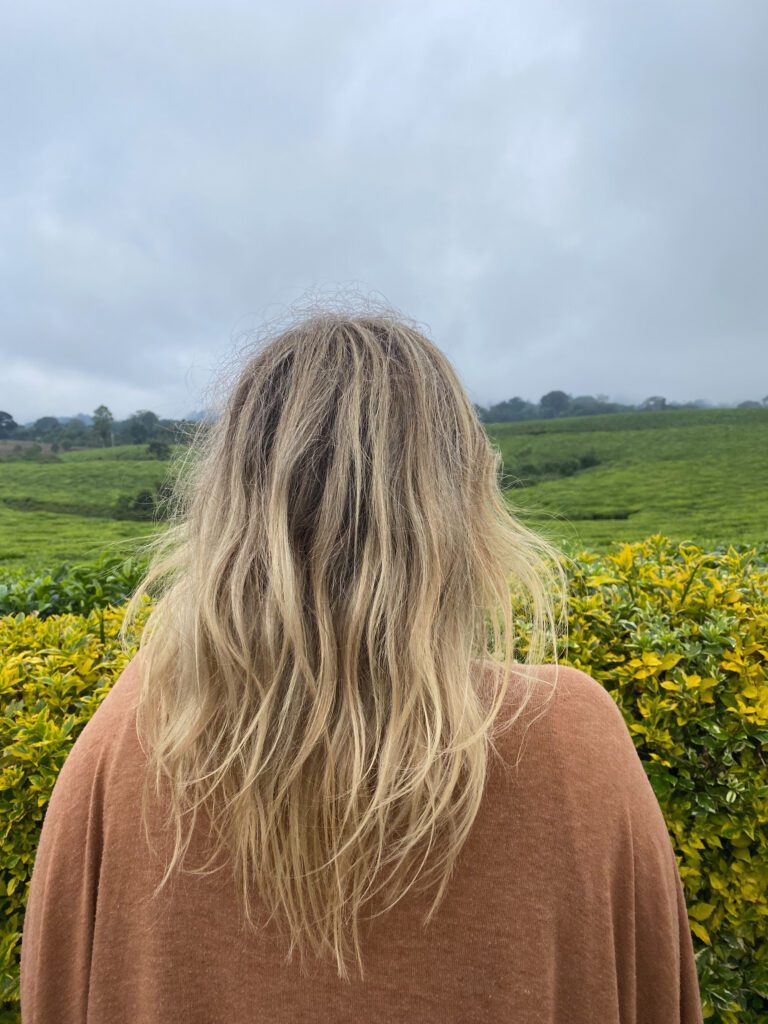
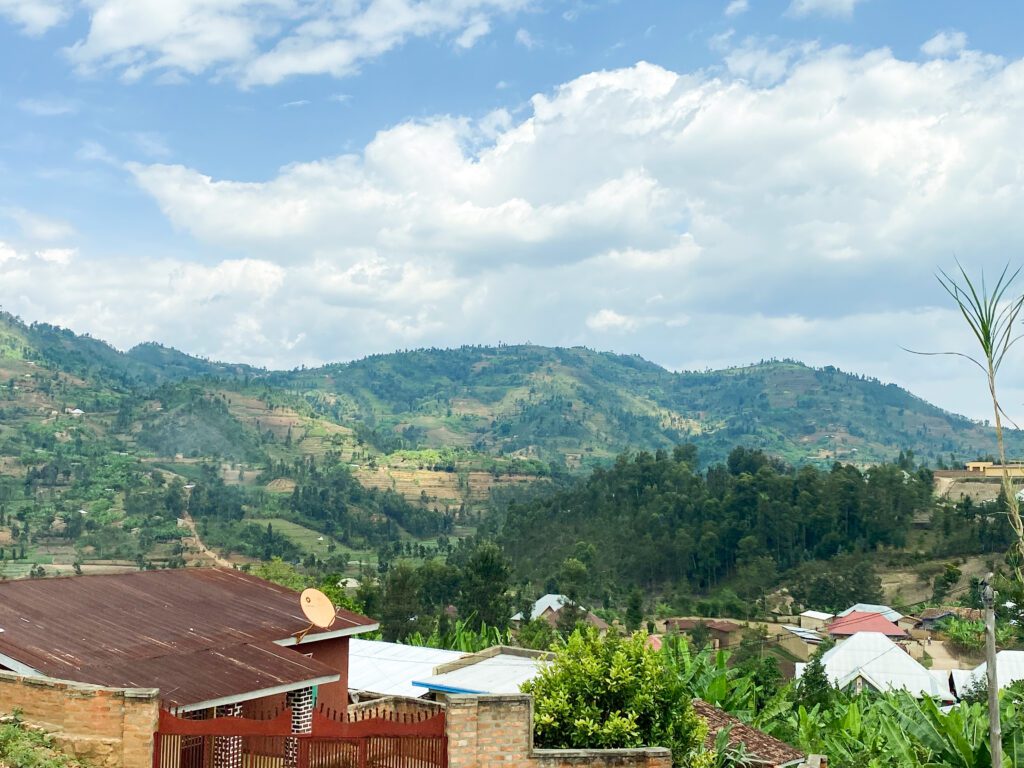
It’s a wonderful experience visiting a plantation or cooperative and one of our favorites is Gisakura Tea Estate, just on the fringes of the national park. You’ll get a briefing on the whole process, learn from locals how it’s benefiting the community, and then head out into the tea fields to try your hand at picking with the tea harvesters—some will give you their apron and basket to try for yourself. Hot tip: make sure you only pick the new, lime green leaves on the top, and don’t try go as fast as the harvesters—they collect up to 30 kilos per day. It’s a really fun way to get involved with the community. Later you can taste some freshly grown, dried, and brewed tea—it has a bold, earthy flavor, thanks to the rich volcanic soil it grows in, and shop for local handmade crafts.
If you’re looking to immerse yourself in a tea experience, book a stay at the breathtaking One&Only Nyungwe House—the most luxurious option for travelers wanting to visit Nyungwe National Park. The property is located on a tea plantation on the edge of Nyungwe Forest. The lodge has 22 villa rooms and two luxurious suites. Each of the rooms is furnished with a fireplace, air conditioning, private deck, and en-suite bathroom. With both king-size bedrooms and twin bedrooms, families are easily accommodated. Within the lodge itself, there is a bistro, outdoor heated swimming pool, and boma for dining. We highly recommend cozying up by the fire with a warm tea or glass of wine after a day of adventure and staring out across the tea fields.
4) Go Kayaking or Boating on Lake Kivu

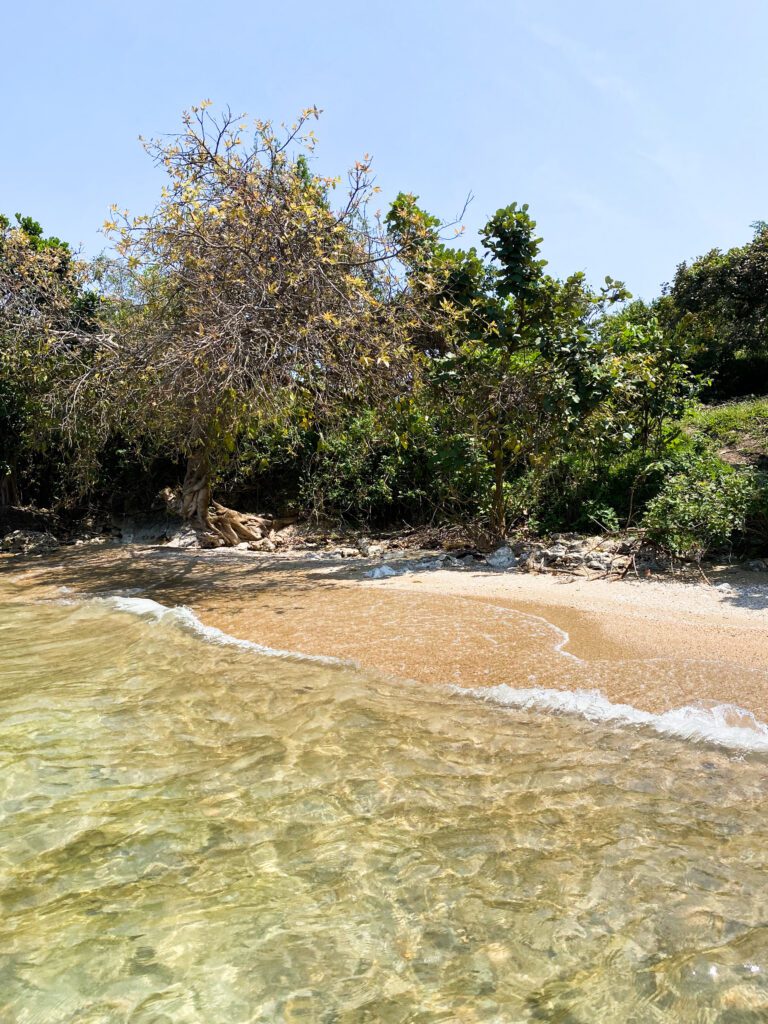
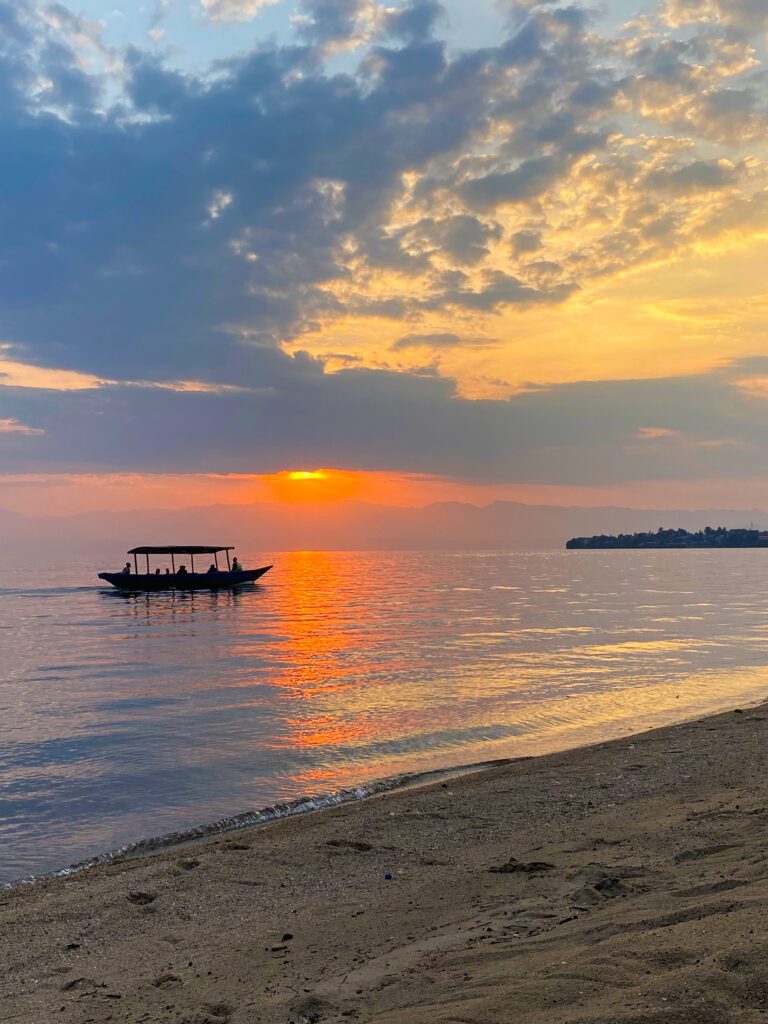
One of the most unique experiences on a Rwanda safari is visiting Lake Kivu, which feels worlds away from the dense, humid, rainforests of Nyungwe, Gishwati, and Volcanoes National Parks. Nestled in Africa’s Great Rift Valley, Lake Kivu (Rwanda’s largest lake and the sixth-largest in Africa) is surrounded by jaw-dropping mountains, with deep, emerald green waters covering a surface area of 1677 square miles. As you get close (it’s about a one-hour drive from Volcanoes National Park for context) it feels warmer, the air feels lighter and less humid. A new resort on the shores of Lake Kivu, The Cleo Lake Kivu Hotel, is a luxury boutique hotel surrounded by a natural landscape in Bwishyura (three hours from Kigali).
Arriving here feels like the perfect tropical escape between gorilla trekking in Volcanoes and going on game drives in Akagera. Accommodation includes elegantly decorated suites, apartments, and a villa with private furnished balconies, a pool, and stunning lake views. A kitchen, a private dining area, and a sitting room are added in select rooms. Additional facilities include a gym, a sauna, restaurants, and a spa. Guests can explore the pristine region with boat tours, tea, and coffee plantation tours, and nature walks. They have world-class chefs serving farm-to-table dining, so the food at the restaurant is phenomenal and feels like a fine dining experience at every meal. Take a seat and enjoy a meal or two overlooking the lake. Later, head down to the public fire pit and lounge area to watch the sunset.
From the resort, you can join in on a kayaking tour with a private guide. We highly recommend doing one at sunrise or sunset when the sun reflecting on the calm waters puts on a spectacular show. At dawn and dusk, the sound of local fisherman singing carries across the water as they paddle in unison.
If kayaking isn’t your thing the property also has two motorized boats that can take you on a luxurious cruise around the islands—sundowner Kivu style.
5) Coffee Plantation Experience, Kinunu Washing Station, Lake Kivu

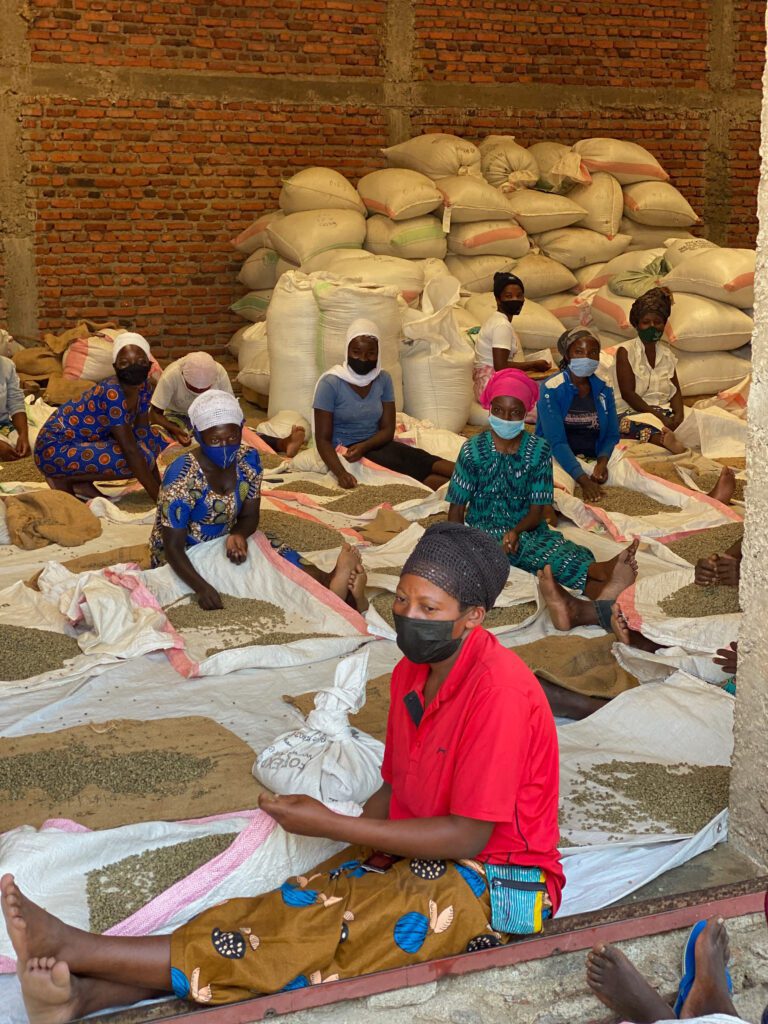
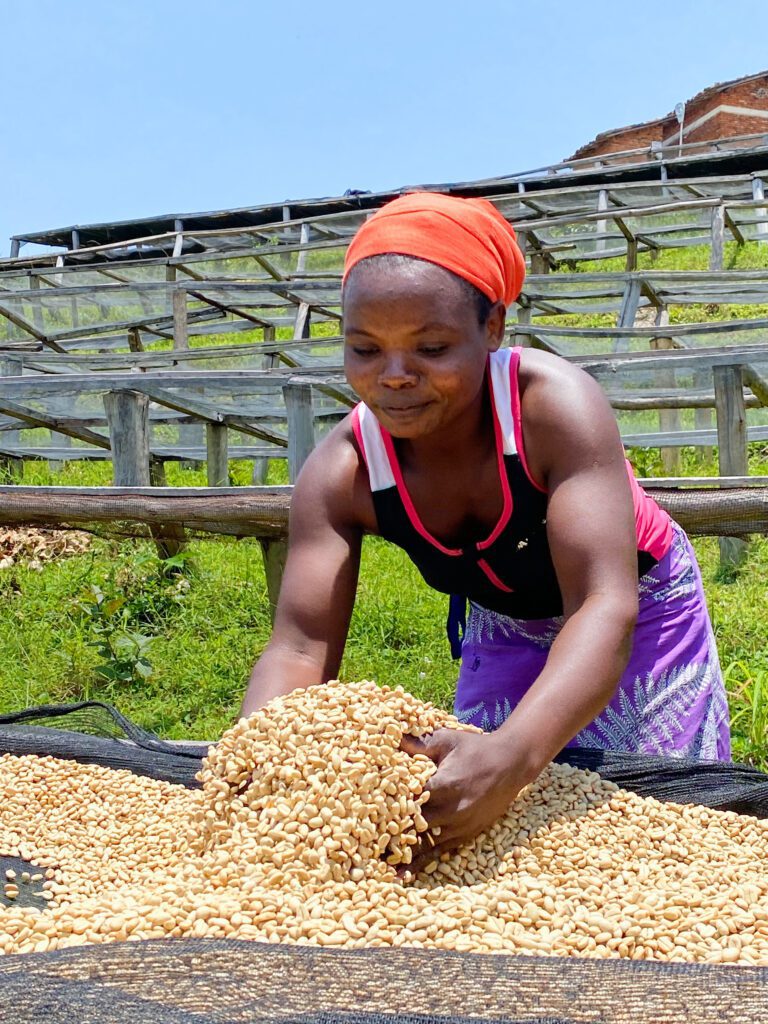
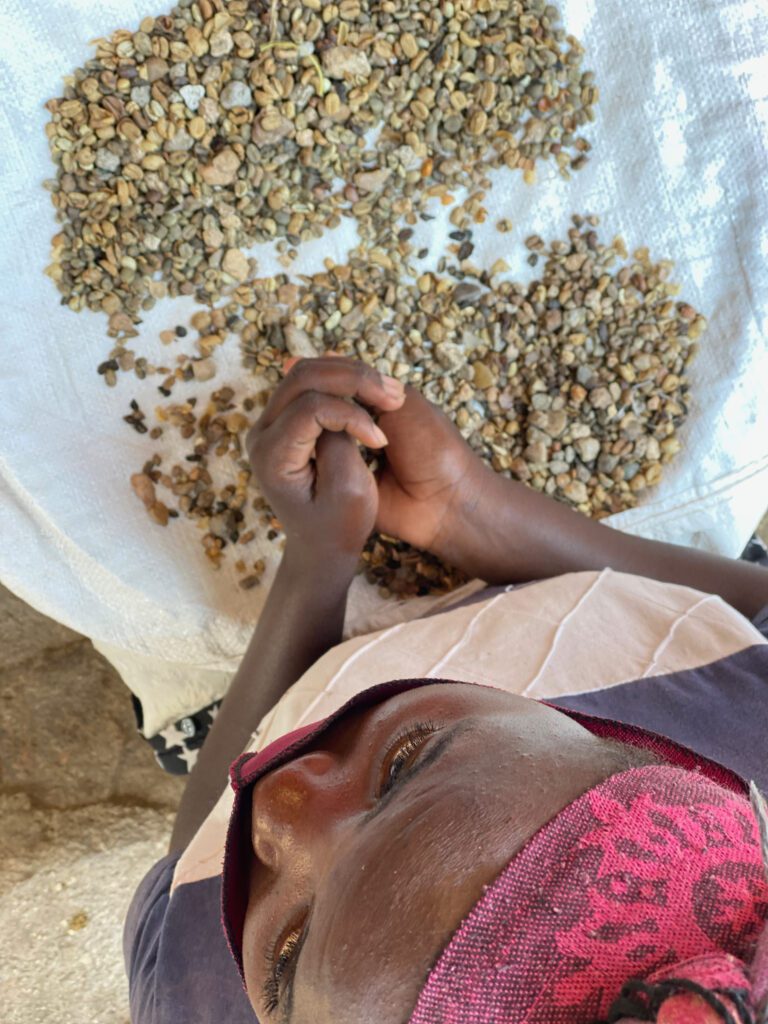


They always say the journey is more important than the destination, and in the case of a coffee experience on Lake Kivu—the journey is simply wonderful. Leaving from the Cleo Lake Kivu in a boat with a guide, you’ll make the trip across the lake towards Kinunu Washing Station. Along the way you’ll see locals fishing, and if you time it just right, you might even catch the local cowboys leading their herd of cows across the lake—yep, Rwandan swimming cows! Farmers around Karongi use the small islands as grazing pasture for their cattle. Instead of transporting the cows by boat, they have taught them to swim there. We watched the farmer hop in his wooden canoe and lead them across the water.
At Kinunu Washing Station, you’ll get to experience all the phases of coffee production, from how it’s grown, to washing it, getting the bean out of the cherry, drying, sorting, roasting, and brewing. It’s an immersive experience where you can get to know the people who work there, ask questions and get transparent answers, and learn plenty about coffee production in Rwanda. Of course, you get to taste a cup or two of the delicious coffee produced here, known for its vibrant acidic taste, a hint of sandalwood, peach and pecans.
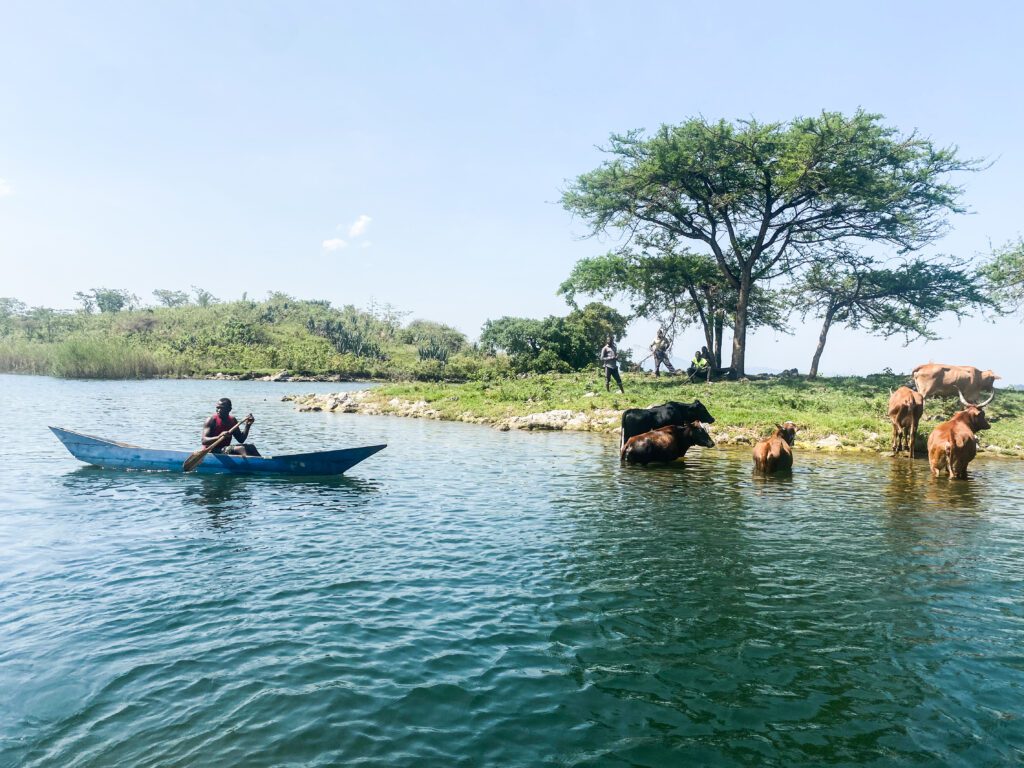
6) Get Behind the Scenes of Akagera National Park
Akagera National Park is a really special park and Africa’s largest protected wetland. Compared to 20 years ago, the park is almost unrecognizable. The aftermath of the 1994 genocide had a devastating impact on the environment, making its story of revival even more remarkable. In 2010, African Parks took over Akagera National Park in partnership with the Rwanda Development Board shifting the park’s trajectory (they also manage Nyungwe). When they arrived there were a lot of illegal activities happening including poaching and trespassing. Lions were being poisoned, elephants were being trapped until African Parks built a fence that made a huge impact. You can hire a guide to take you on a behind-the-scenes tour of how the park is run.
Akagera is home to some very incredible conservation initiatives—including the recent relocation of 30 Southern White Rhinos to their new home in the largest-ever single rhino translocation ever undertaken. The Southern White Rhinos made a 2,000-mile journey from South Africa in partnership with African Parks and the Rwanda Development Board with funding provided by the Howard G. Buffet Foundation, whose funding is ongoing. These rhinos joined Akagera’s population of black rhinos that were reintroduced to the park in 2017. Since the initial black rhinos were reintroduced, African Parks stated that they have not lost a single rhino to poaching. Akagera has undergone an incredible transformation, with a lot of community work, improved law enforcement, and rhino poaching has been essentially eliminated. Read more on what African Parks is up to in Akagera here on our blog.
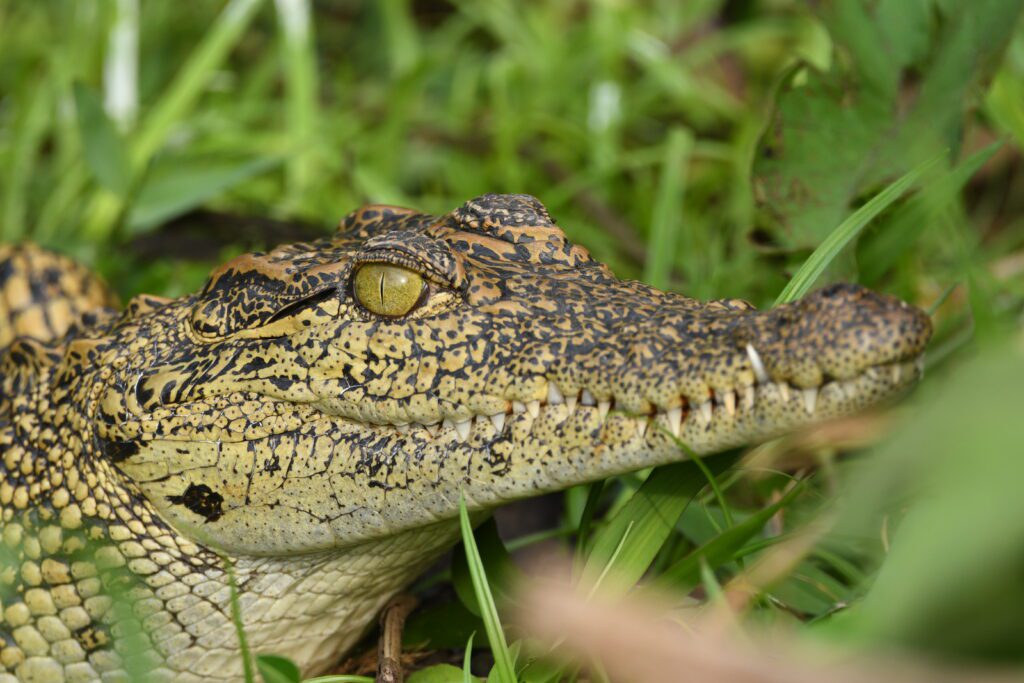



Inside the park, they are monitoring elephants, reintroduced lions, and the black rhinos that were introduced in 2017—to understand animal behaviors, their dynamics and protect them. As a result of this success, tourism increased.
To really get to know the park we recommend taking a game drive, but also getting out onto the water with a boating trip where you can see elephants and hippos feeding in the march, tons of birdlife including malachite kingfishers and fish eagles, and Nile crocodiles. Our favorite luxury option is Magashi Camp, right on the shores of Lake Rwanyakazinga. Mantis Collection’s Akagera Game Lodge is another great option.
All images by Alicia-Rae Light
Plan your Trip to Rwanda
Ready to start planning your own incredible adventure to Rwanda ? We make the process stress-free and enjoyable.
